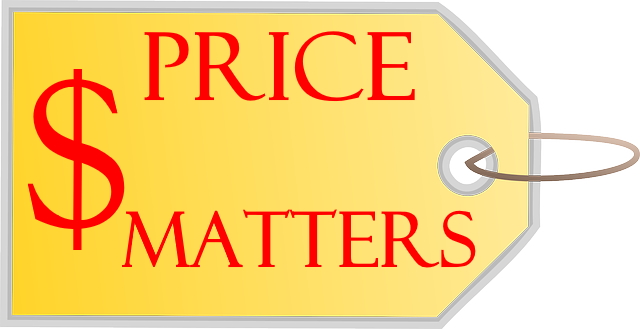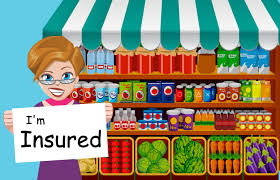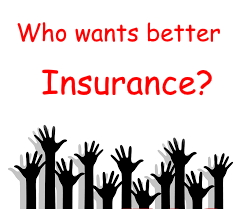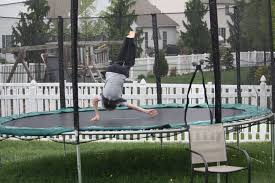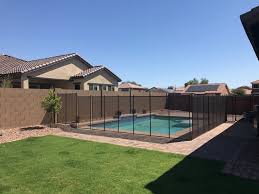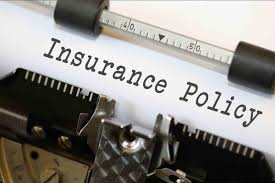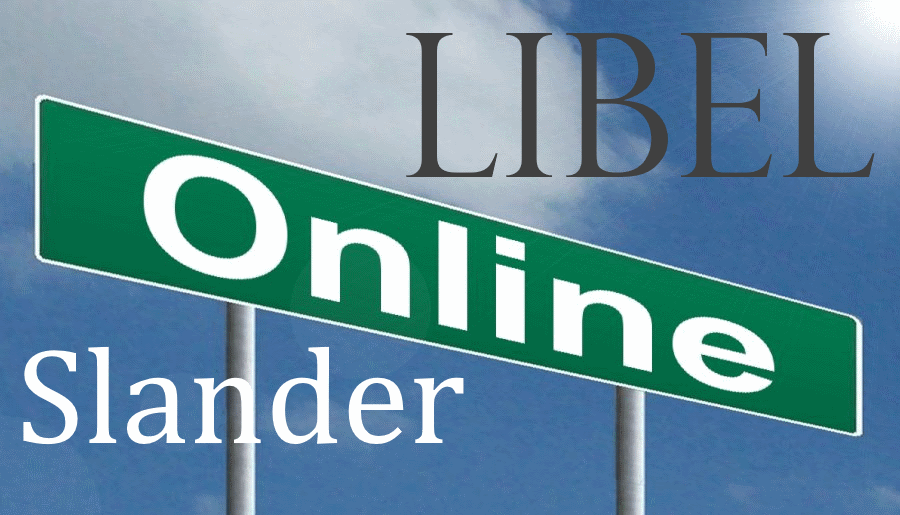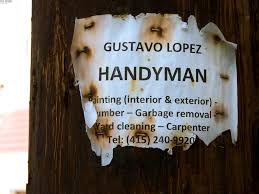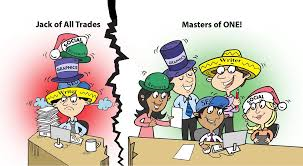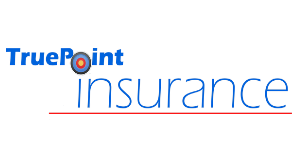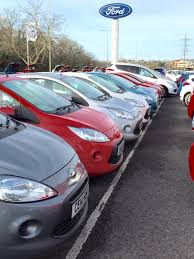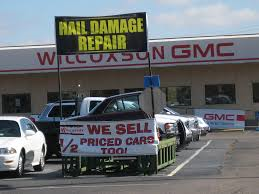Georgia Minimum Car Insurance Limits
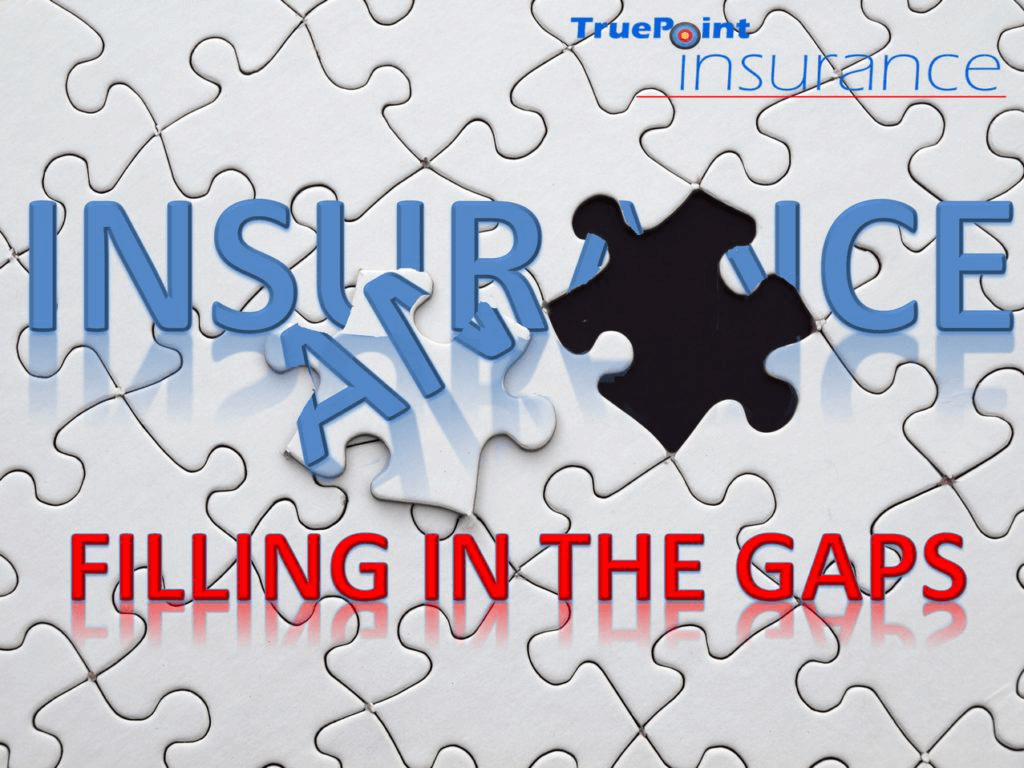
If you own a car in Georgia, the state requires that you meet certain financial standards. For most of us, that means that our vehicles be covered by an auto liability insurance policy. Furthermore, the auto liability insurance limits must meet State mandated requirements.
For most of us, the first thought when our car is involved in an accident is getting it back on the road. How will we replace or repair our own vehicle? For that, you need to have a collision and/or comprehensive insurance coverage. While this coverage is important, it is not the insurance coverage mandated by the State.
Georgia Auto Liability Insurance
If you are involved in an accident and found to be at fault, you can legally be held financially responsible. This is why you buy personal auto insurance! The Georgia minimum insurance requirements are aimed at protecting other drivers and passengers using the States roads and highways..Your auto liability policy protects other drivers. Specifically, it provides coverage for bodily injury and/or property damage that results from your actions.
As mentioned, you may be held responsible for the full cost of damages, With a personal auto liability insurance policy in place, your insurance company, subject to the specifics of the policy, will be on the hook. However, their requirement ends once the policy limits have been paid.
What does that mean?
It means that the prudent thing is to develop a better understanding of what will happen if the cost of damages exceeds our auto liability policy limits. As a mere insurance agent, I am not qualified to directly answer that. But, commonsense would suggest that at a minimum, inadequately insured auto owners are leaving Pandora’s Box wide open.
The Georgia minimum auto liability insurance requirements are:
• Georgia motor vehicle liability coverage minimum for bodily injury:
o $25,000 for bodily injury liability coverage per person
o $50,000 for bodily injury liability coverage per accident
•Georgia motor vehicle liability coverage minimum for property damages:
o Georgia auto owners are at least $25,000 for claims made against them as result of damaging the property of others
Georgia’s Car Insurance state-mandated minimums are most commonly stated as:
25/50/25
…or…
$25,000 (BI) per person / $50,000 BI per accident / $25,000 (PD)

Before asking an insurance agent for the “Cheapest Car Insurance, you got,” consider the following:
• Cheap car insurance more than likely means you are getting the state-mandated minimums.
• How far will those dollars go if you are the cause of a severe auto accident?
• Settlement cost seldom equal medical costs. Why? For one, pain and suffering. If you want an estimate for total settlement cost, a good rule of thumb is to multiple medical bills by 3. If your negligence was the cause of a car crash and the other party sustained $10,000 in medical expenses you are looking at $30,000 to settle the claim. $5,000 higher than the state minimum!
• How far will $10,000 go in an emergency room today?
• How far will the $50,000 per accident limit go if you hit a car with multiple passengers? What if you are the cause of a multiple car collision or if the other vehicle isn’t a car but rather a bus?
Cheap car insurance can cost you in more ways than you realize. Ever wonder how insurance companies come up with an auto insurance premium for you and your car?
Your premium is the result of a number of factors. Every car insurance companies have their own unique formula. Each aimed at helping them attract clients and make a buck too. What you may find surprising is that many companies will penalize you if your current insurance limits are the state minimums. Never buy the state-mandated minimum without first considering the cost of better coverage. It’s likely to be less than you think and it will save you in the long run.
In the end, cheap auto insurance may wind up costing you more than you bargained for. Even if you never have an accident! Consider your options, prepare for the worst and be sure that you find an insurance agent the is willing to spend the time to help you through the process.

 Contact
Contact
 Email an Agent
Email an Agent

 Click to Call
Click to Call Get Directions
Get Directions
